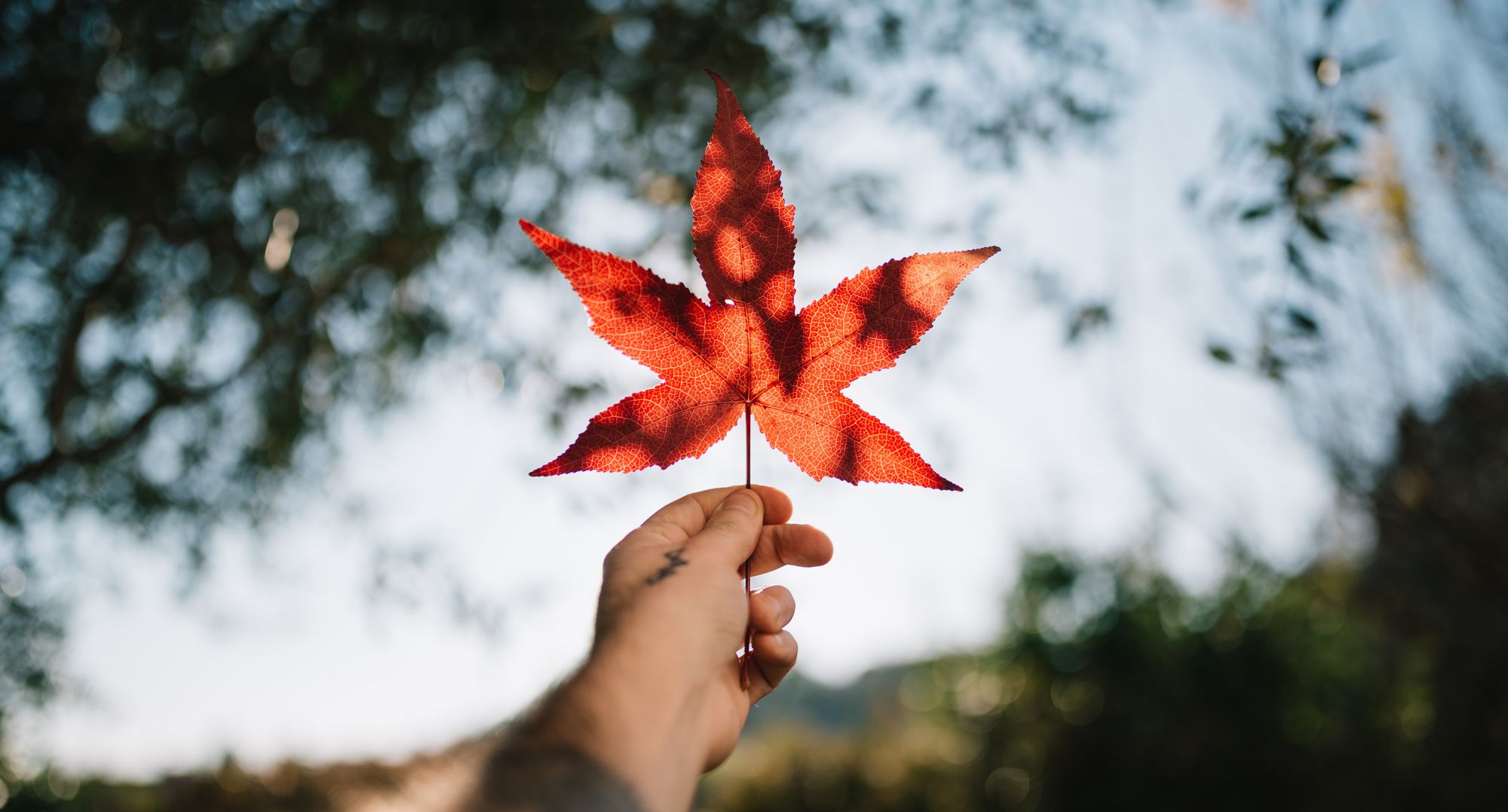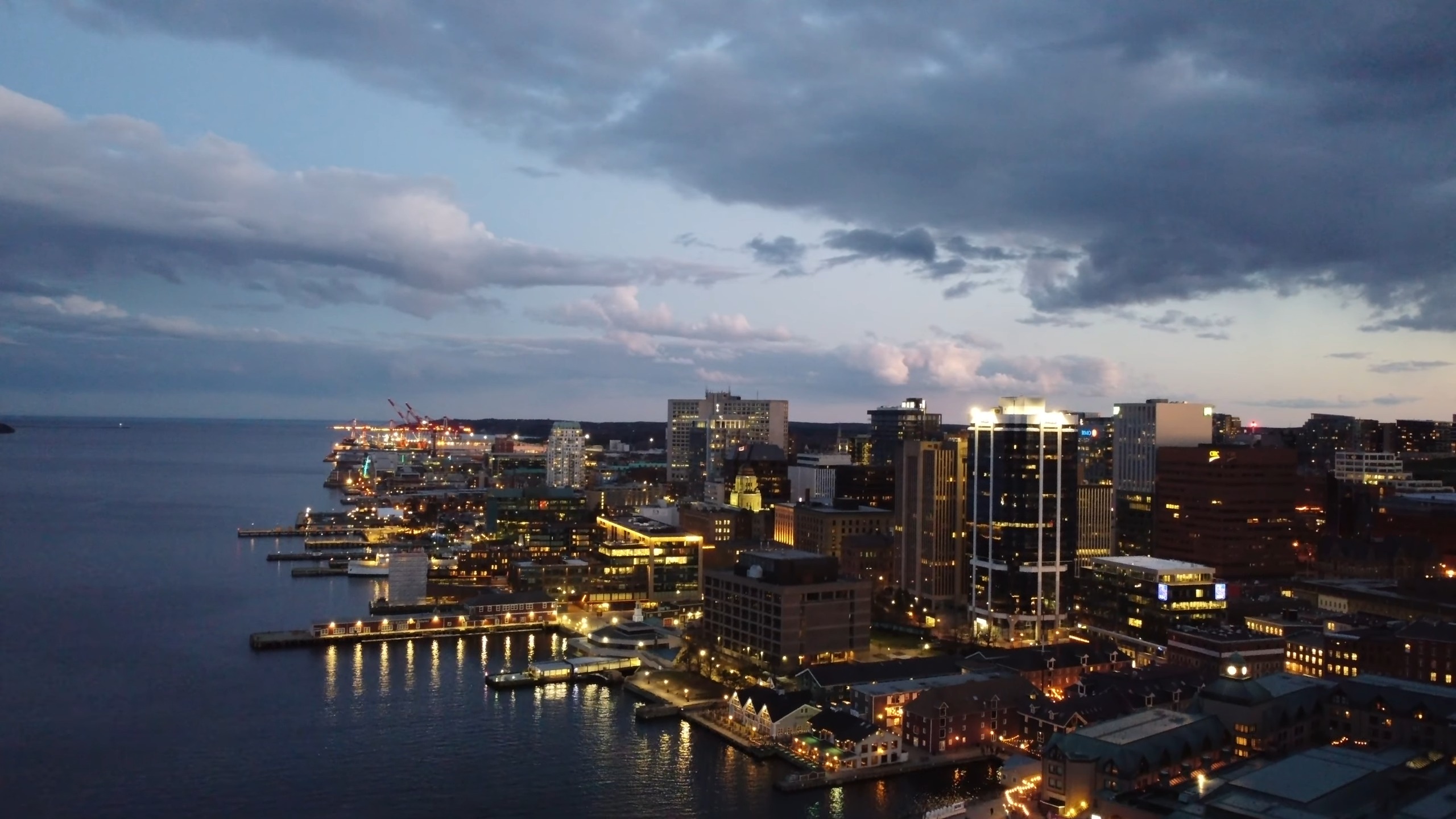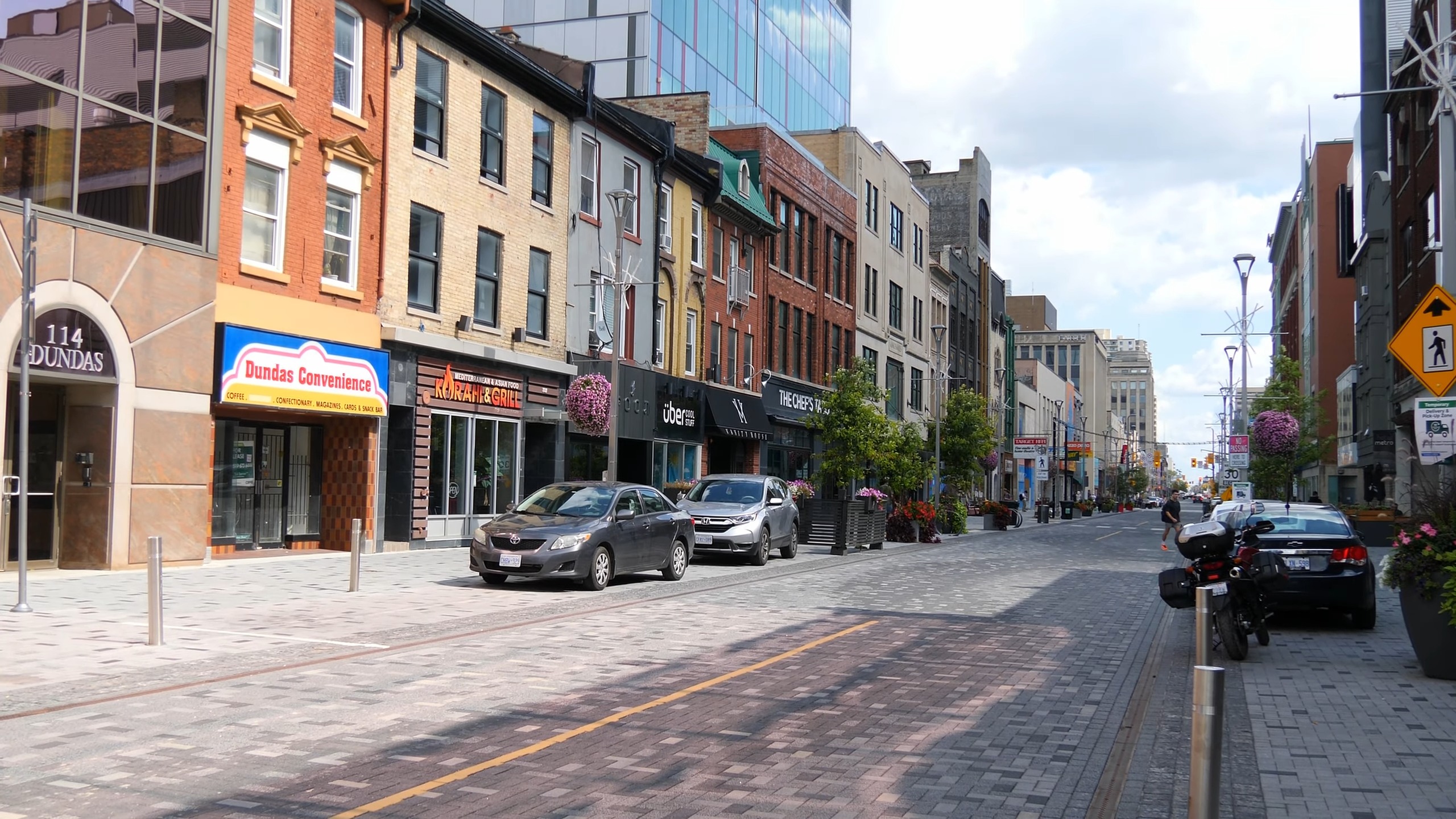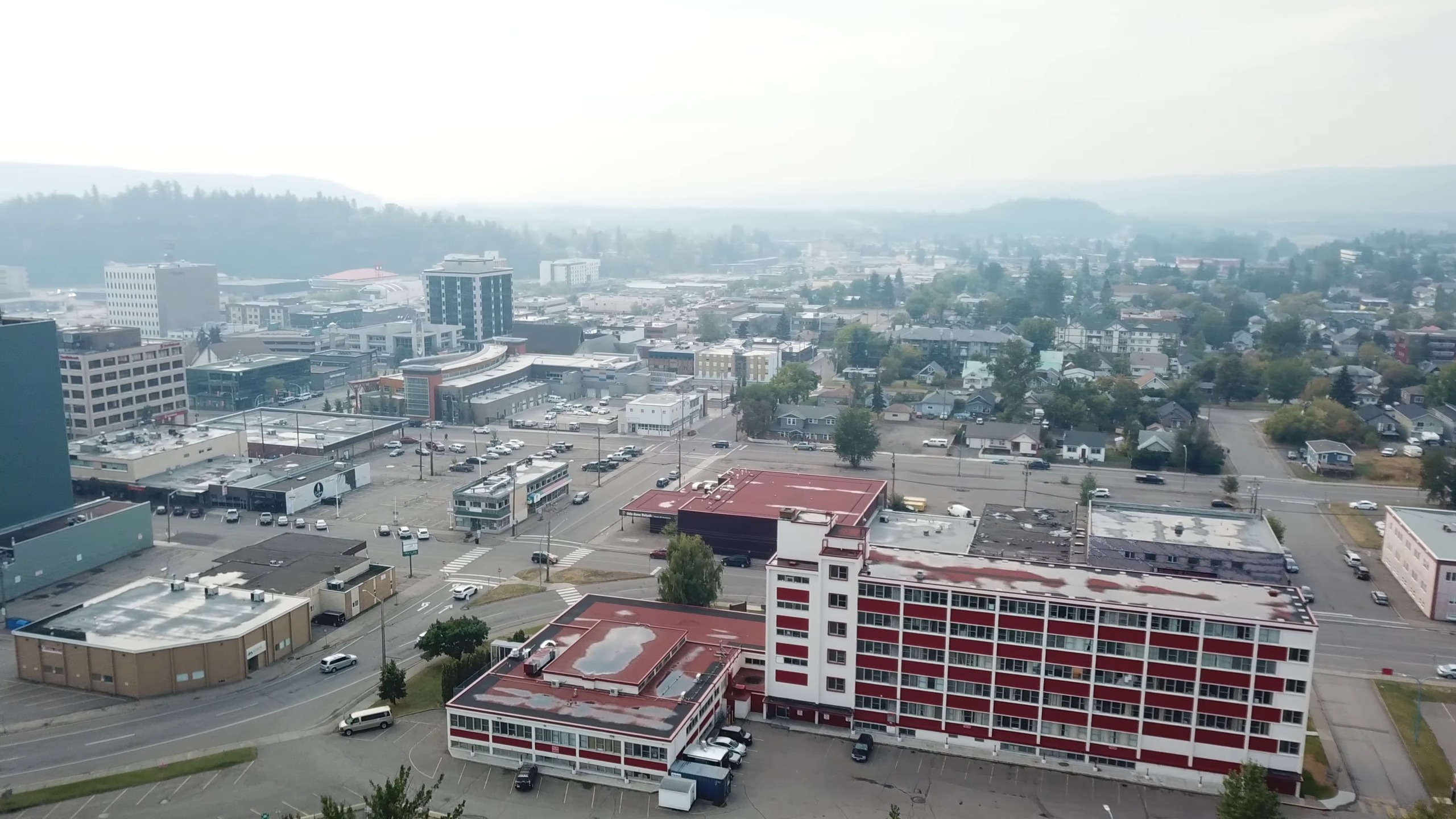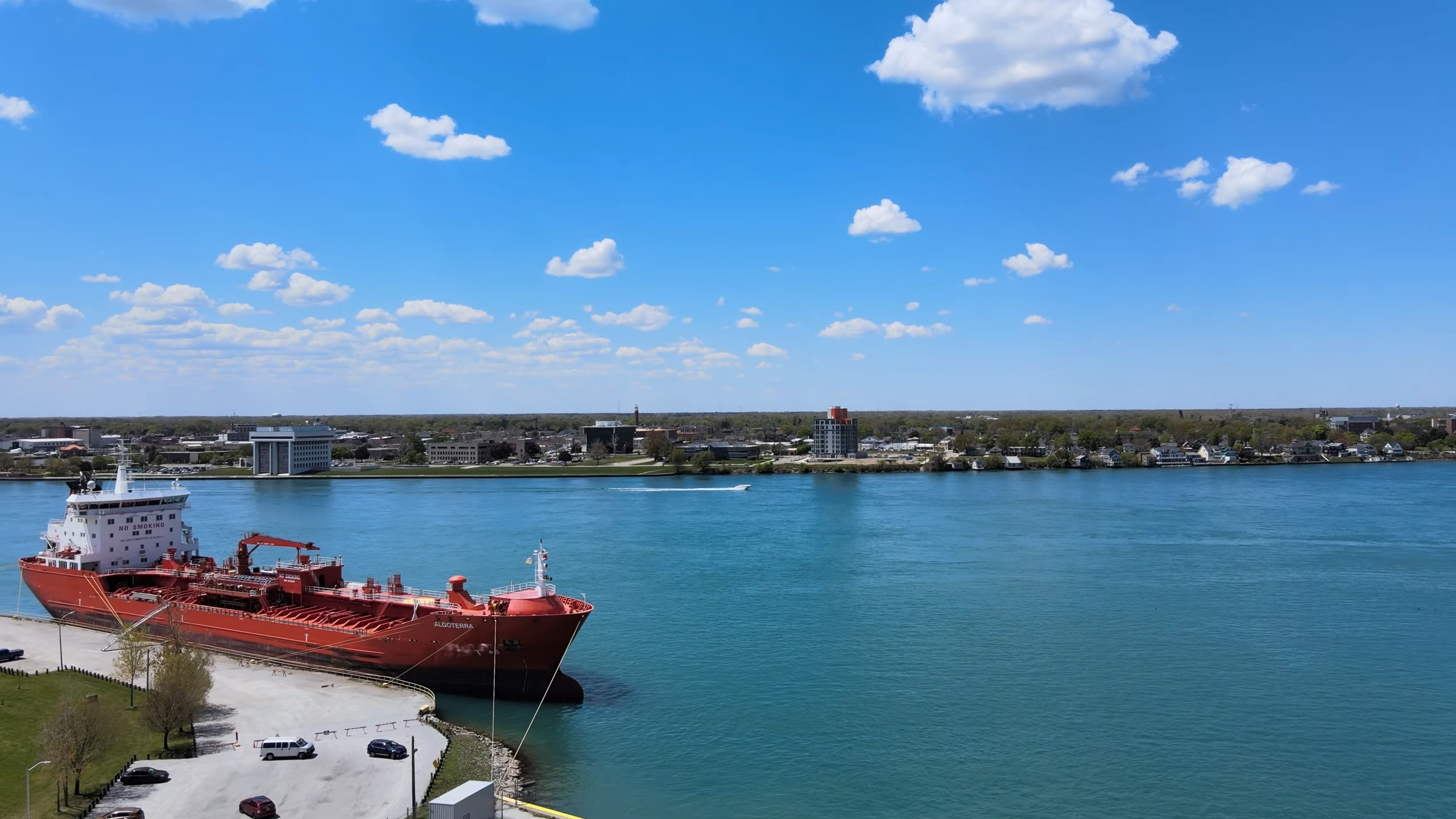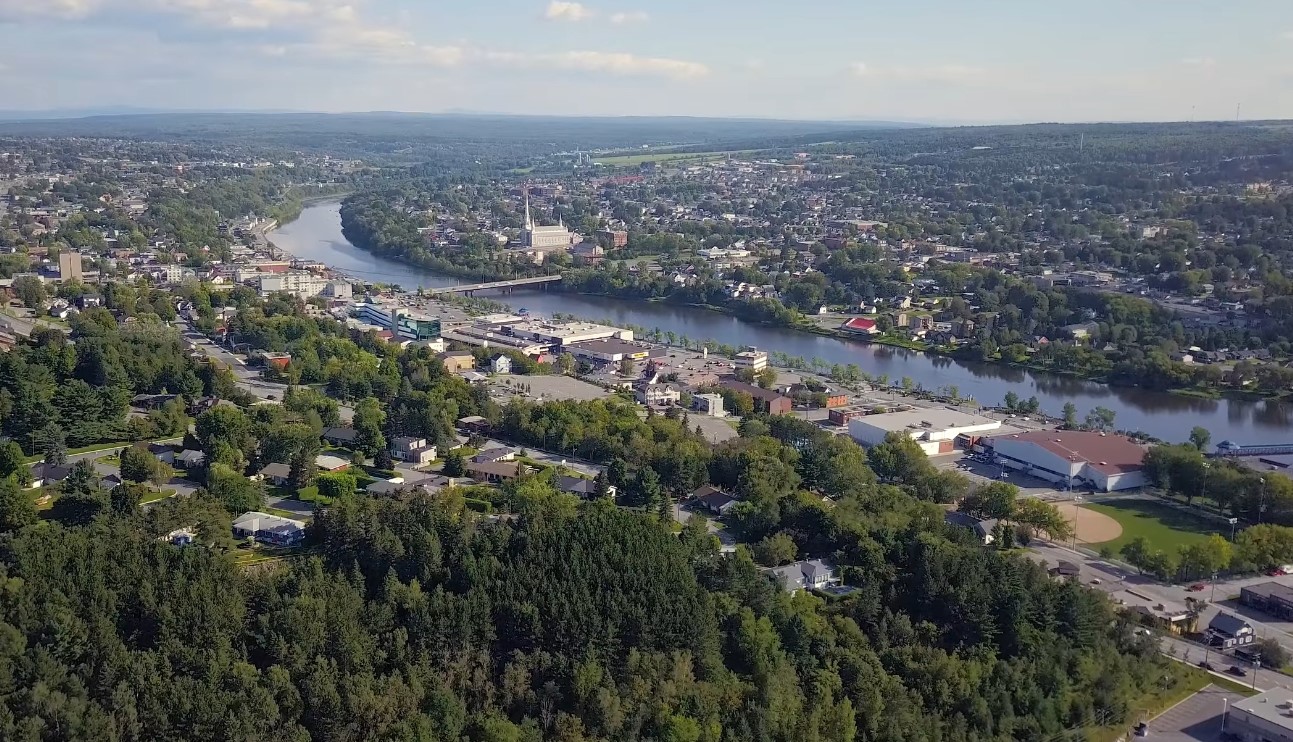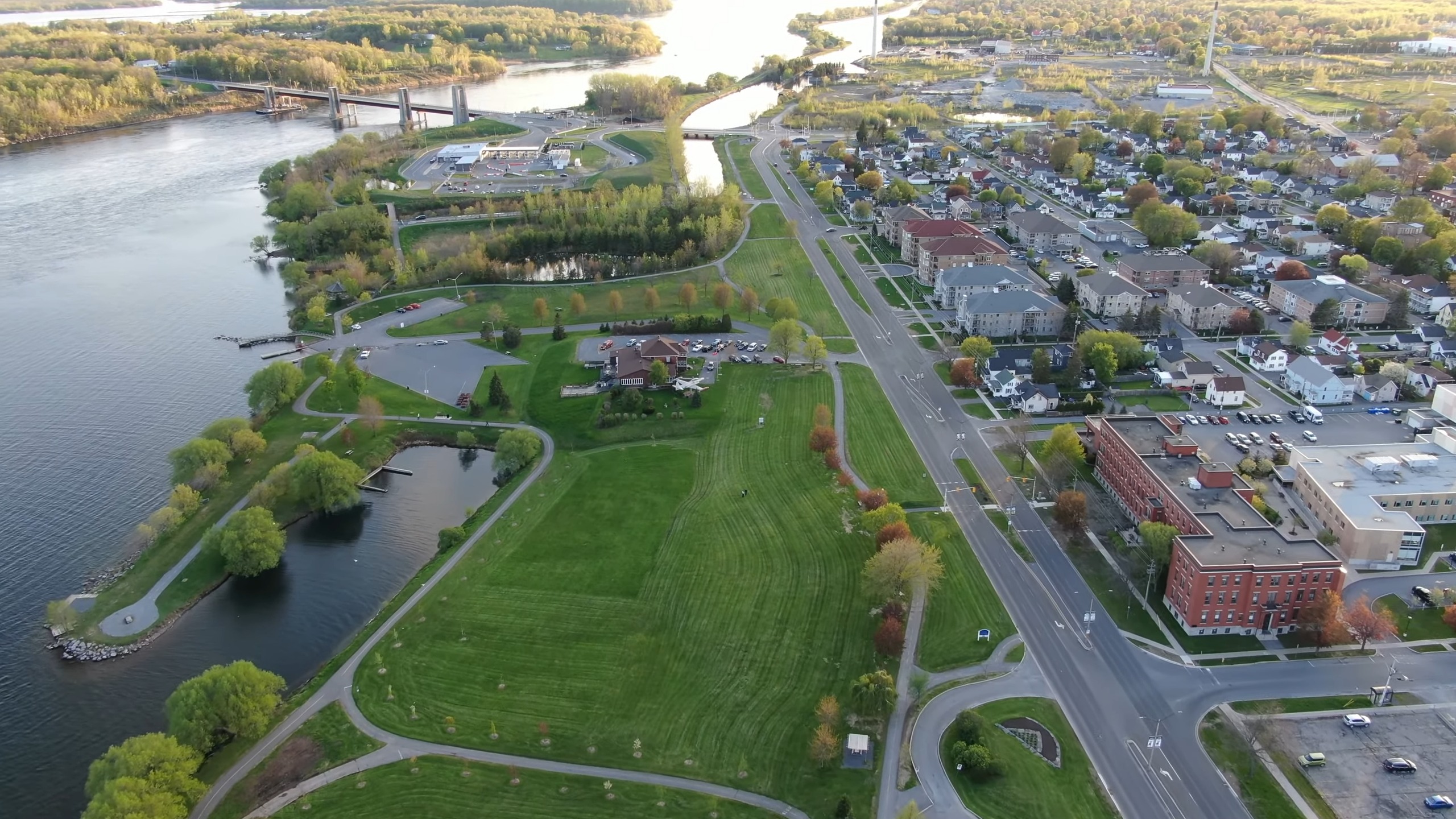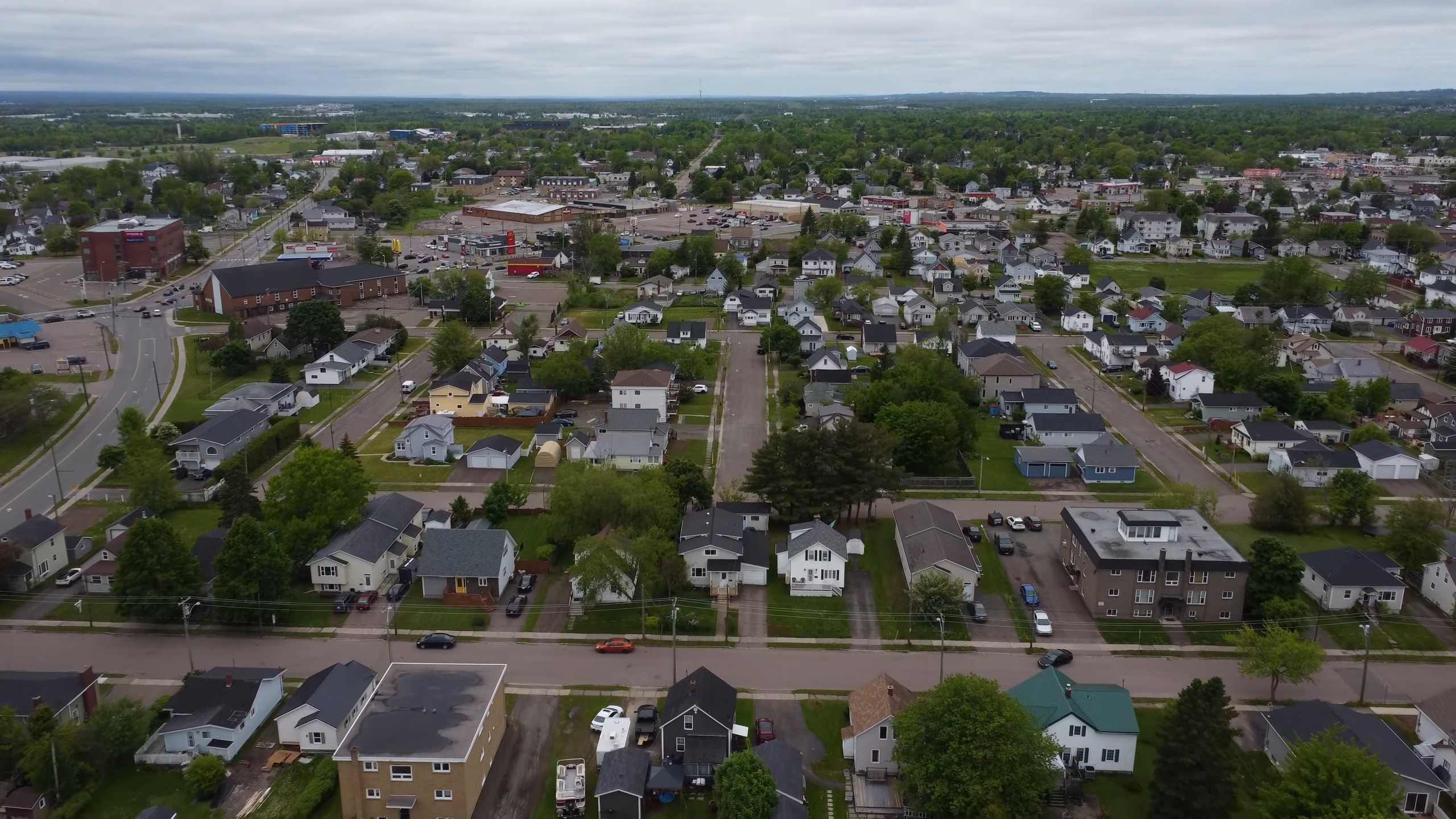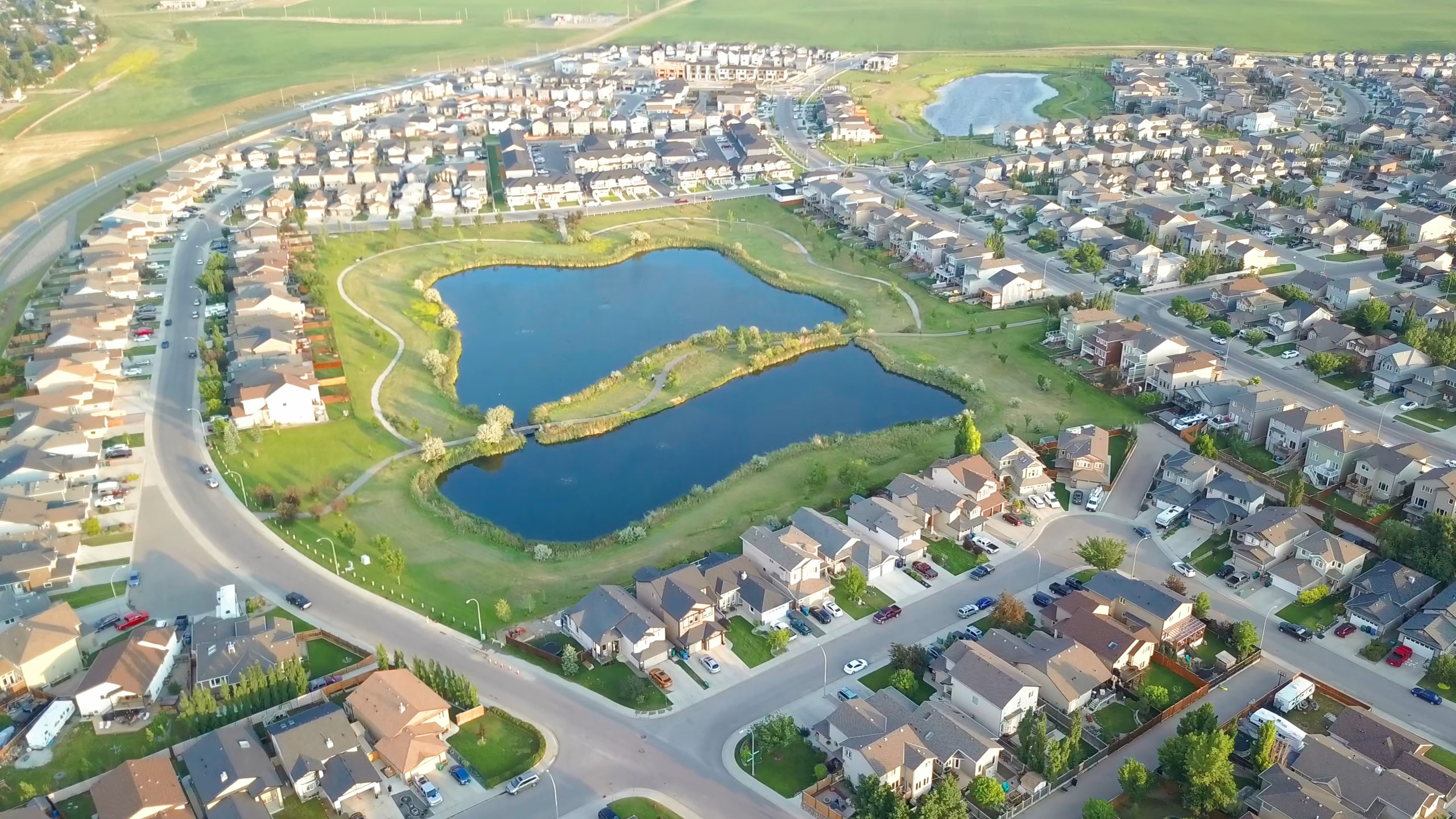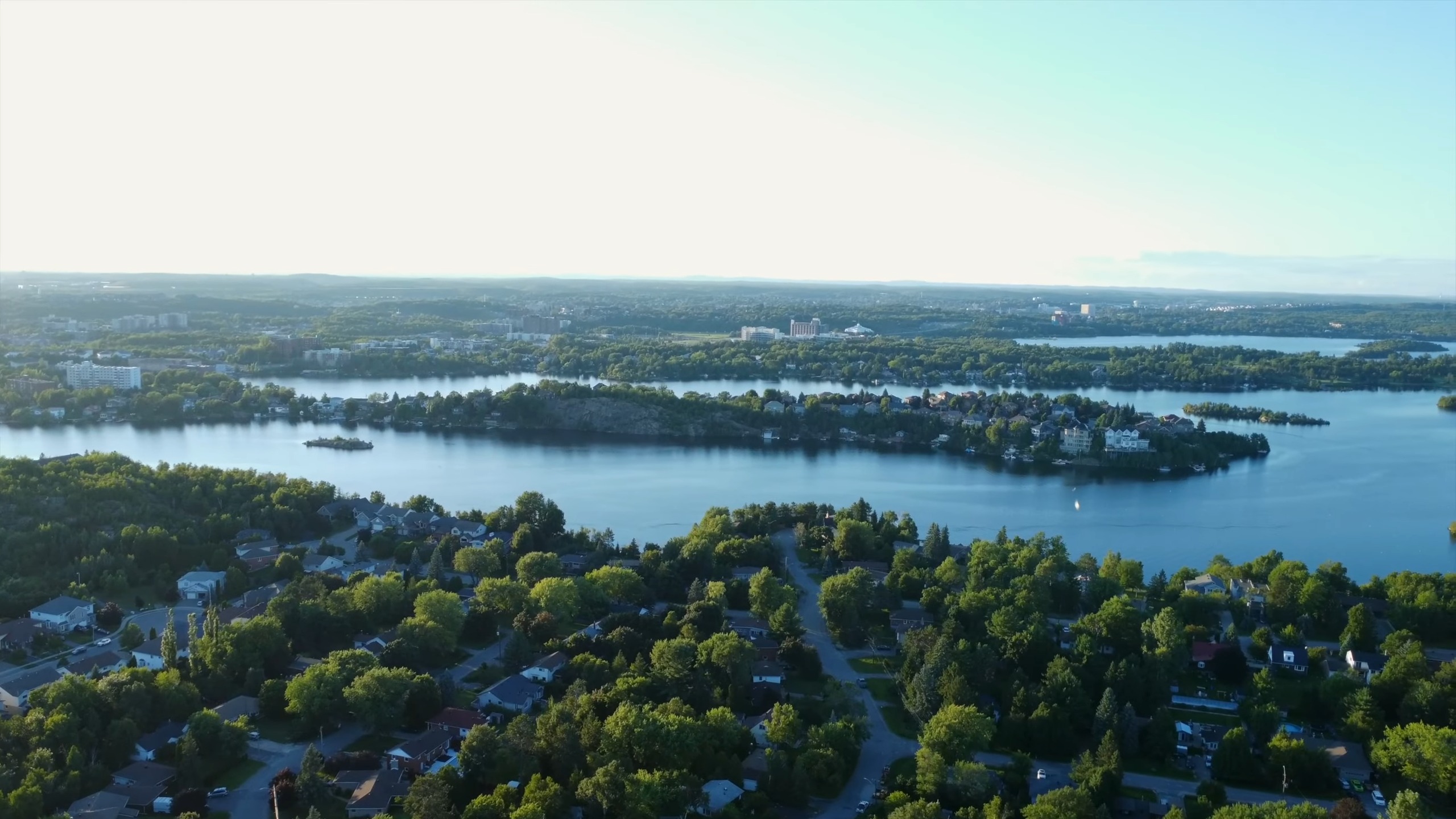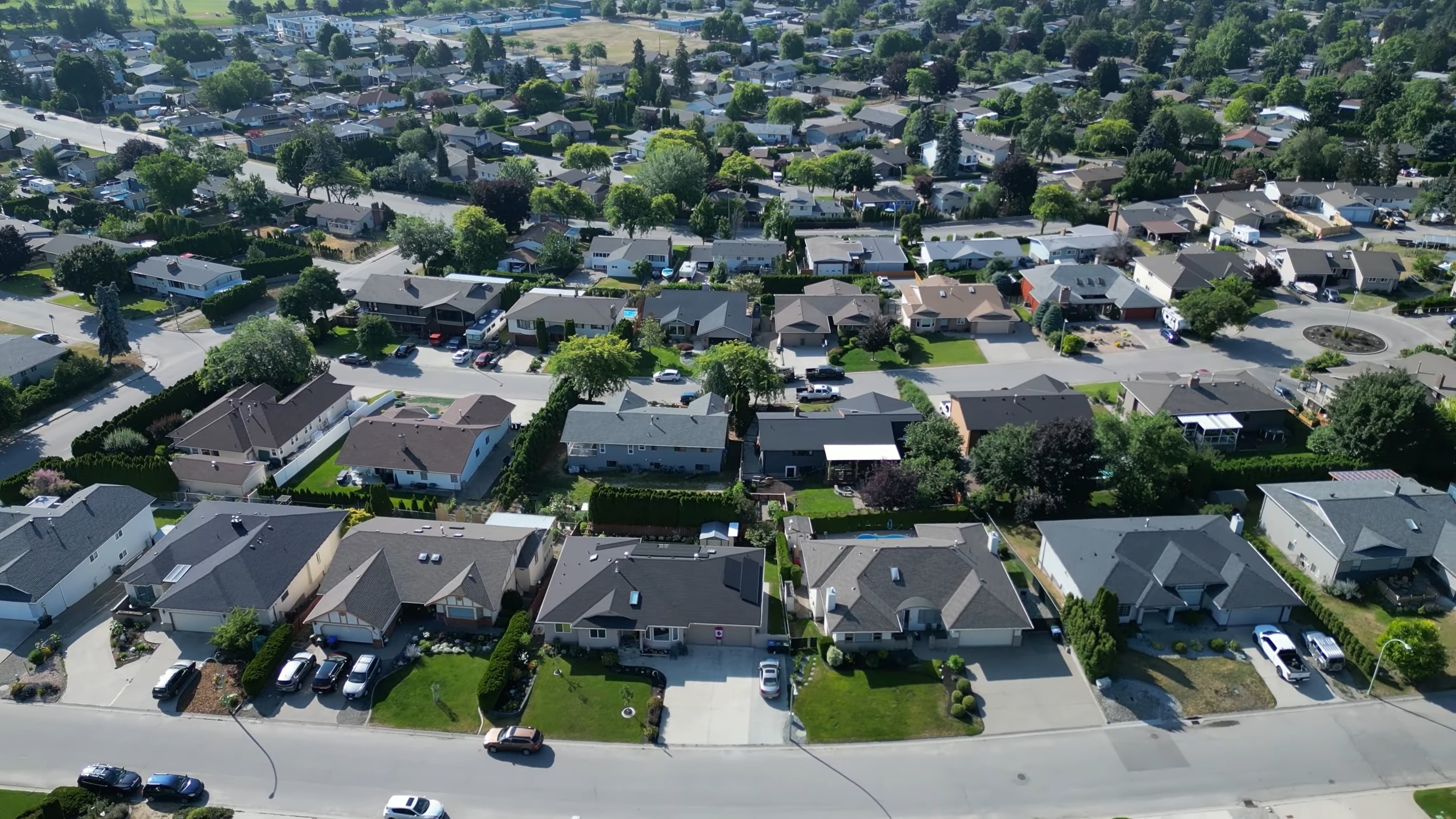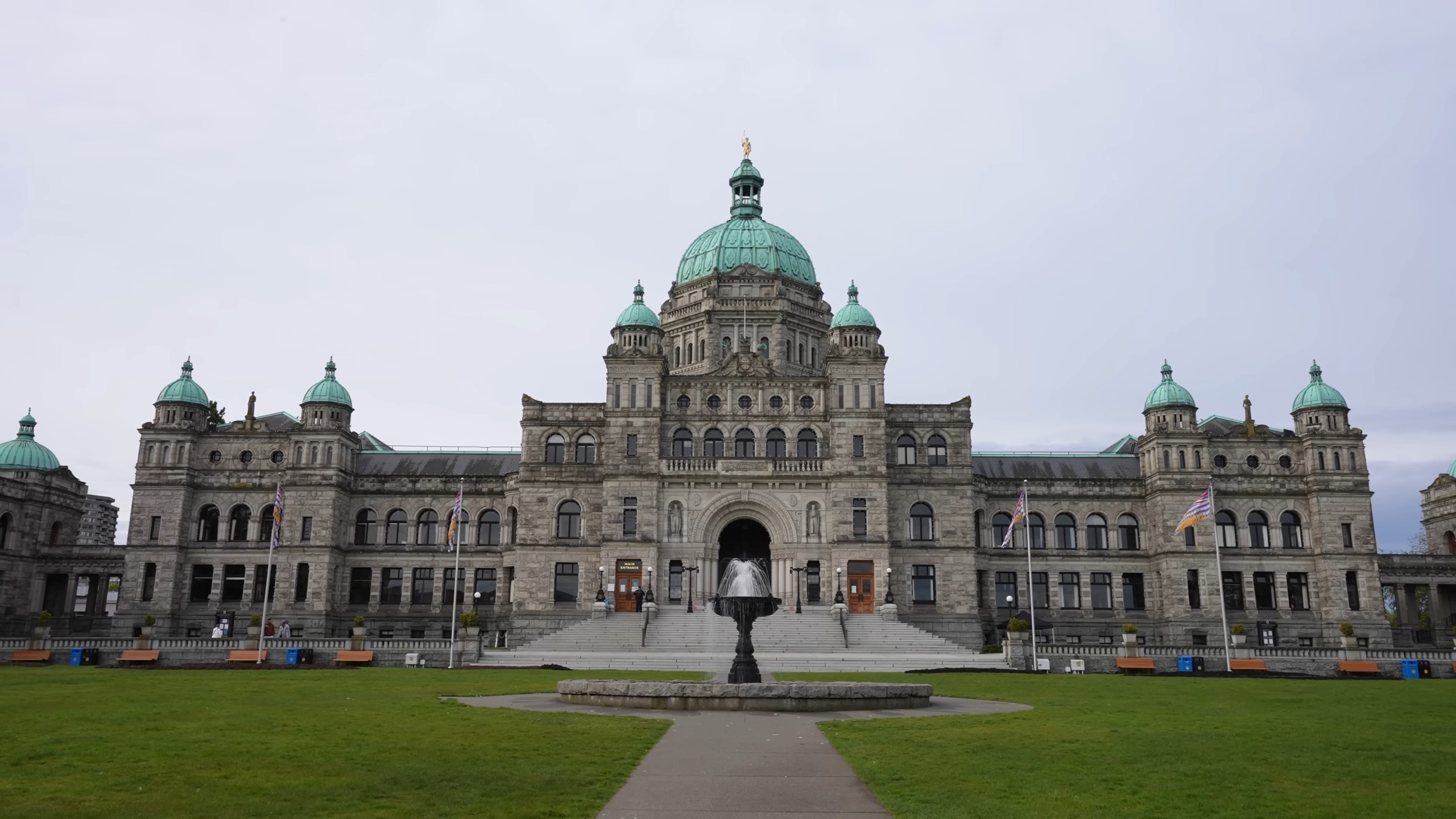As a seasoned traveler and journalist, I’ve had the privilege of exploring many corners of the world. But Canada, with its vast landscapes and diverse cities, has always held a special place in my heart.
While many perceive Canada as a land of ice and snow, there are pockets of warmth and affordability that beckon to those in the know. Let’s embark on a journey through the warmest and most affordable places to live in Canada.
17. Halifax, Nova Scotia
- Population: Approximately 430,000
- Employment: Diverse industries ranging from agriculture to fishing to mining.
- Winter activities: Ice skating at the Emera Oval, attending the Halifax Lights Holiday Market, and exploring the historic properties.
- Summer activities: Visiting the Halifax Public Gardens, attending the Royal Nova Scotia International Tattoo, and exploring Peggy’s Cove.
- Cost of Living: CAD4,320 for a family of 4 without rent, CAD1,208 for a single person.
- Average Yearly Temperature: Ranges from -7°C in January to positive temperatures from April to November..
Halifax, the capital city of Nova Scotia, is not just the economic center of eastern Canada but also a haven for those seeking a balance between affordability and a comfortable climate. According to Numbeo, the cost of living here is significantly lower compared to other major Canadian cities. The winters, while chilly, are milder than many other parts of the country, and the summers are pleasantly warm.
Pros:
- Economic hub with diverse employment opportunities.
- Relatively low cost of living.
- Milder winters compared to other parts of Canada.
Cons:
- Rent has been increasing, although it’s still more affordable than many other cities.
16. London, Ontario
- Population: Approximately 400,000
- Employment: Education (home to Western University), healthcare, and manufacturing.
- Winter activities: Ice skating at Victoria Park, attending the London Wine & Food Show, and exploring the Museum London.
- Summer activities: Visiting the Covent Garden Market, attending Rock the Park music festival, and exploring the Thames Valley Parkway.
- Cost of Living: CAD1,563 for a single person including rent, CAD3,667 for a family of 4.
- Average Yearly Temperature: -5.4°C in January to 21.7°C in July.
London offers a blend of urban life with the charm of a smaller city. The cost of living, while higher than some other places on this list, is still significantly lower than the national and Ontario averages. The weather is a highlight, with cold being mostly nocturnal during the winter months and summers offering up to 11 hours of daily sunshine.
Pros:
- Urban amenities with a small-town feel.
- Good balance between cost of living and quality of life.
- Pleasant weather with lots of sunshine in the summer.
Cons:
- Cost of living can be higher compared to other places on this list.
15. Brockville, Ontario
- Population: Around 22,000
- Employment: Tourism, manufacturing, and retail.
- Winter activities: Ice fishing on the St. Lawrence River, attending the Brockville Winter Classic, and exploring the Aquatarium.
- Summer activities: Boating on the river, attending the Tall Ships Festival, and exploring the Fulford Place Museum.
- Cost of Living: CAD1,540 for a single person, CAD3,571 for a family of 4.
- Average Yearly Temperature: 6.9°C in January and 6.1°C in February.
Often referred to as one of Ontario’s most beautiful places, Brockville is not just a tourist hotspot but also a warm and affordable place for residents. The winters are cold, but Brockville stands out with its warmth compared to many other Canadian cities. The cost of living is also lower than both the national and Ontario averages.
Pros:
- Beautiful landscapes and tourist attractions.
- Warm compared to many other parts of Canada.
- Affordable cost of living.
Cons:
- Wages can be lower, although they generally cover monthly expenses.
14. Prince George, British Columbia
- Population: Approximately 74,000
- Employment: Forestry, mining, and transportation.
- Winter activities: Snowboarding, skiing, and ice fishing.
- Summer activities: Hiking, fishing, and kayaking.
- Cost of Living: CAD1,523 for a single person including rent, CAD3,384 for a family of 4.
- Average Yearly Temperature: -7.2°C in January to 16.5°C during summer months.
Prince George, the largest city in northern British Columbia, is a hidden gem for those seeking affordability without compromising on warmth. With living costs 30% lower than the British Columbia average, it’s a haven for those on a budget. The city offers a mix of urban amenities and natural beauty, making it a top choice for many.
Pros:
- Significant savings on living costs.
- A mix of urban and natural attractions.
- Mild winters compared to other Canadian cities.
Cons:
- Remote location might not be suitable for everyone.
13. Sarnia, Ontario
- Population: Around 72,000
- Employment: Agriculture, petrochemicals, and healthcare.
- Winter activities: Ice skating, snowmobiling, and winter festivals.
- Summer activities: Beach visits, boating, and outdoor concerts.
- Cost of Living: CAD1,431 for a single person including rent, CAD3,331 for a family of 4.
- Average Yearly Temperature: -4.6°C during winter to 22.6°C in the summer.
Sarnia, located where the St. Claire River meets Lake Huron, is a delightful city with a rich industrial history. According to The Sarnia Journal, the city’s climate is relatively mild, with summers offering up to 11 hours of daily sunshine. The cost of living is notably lower than the Ontario average, making it an attractive option for families and singles alike.
Pros:
- Affordable living with a rich cultural scene.
- Mild climate with plenty of sunshine.
- Proximity to the Great Lakes.
Cons:
- Limited public transportation options.
12. Saint Georges, Quebec
- Population: About 32,000
- Employment: Manufacturing, services, and retail.
- Winter activities: Cross-country skiing, snowshoeing, and winter carnivals.
- Summer activities: Cycling, river activities, and cultural festivals.
- Cost of Living: CAD1,164 for a single person without rent, less than CAD3,000 for a family of 4.
- Average Yearly Temperature: Around -6°C in January to mid-20s°C in the summer.
Saint Georges is a perfect blend of warmth and affordability. Located in Quebec, it offers a unique mix of French-Canadian culture with the benefits of a mild climate. The city boasts an average of 5 hours of sunshine even during its coldest month, making it a bright spot in the Canadian landscape.
Pros:
- A unique blend of culture and affordability.
- Mild climate with plenty of sunshine.
- Lower living costs compared to many other cities.
Cons:
- Language barrier might be an issue for non-French speakers.
11. Cornwall, Ontario
- Population: Approximately 47,000
- Employment: Manufacturing, logistics, and retail.
- Winter activities: Ice fishing, snowboarding, and winter festivals.
- Summer activities: Boating on the Saint Lawrence River, hiking, and local music festivals.
- Cost of Living: Notably below both Canada’s and Ontario’s average.
- Average Yearly Temperature: Mild for at least eight months of the year with up to 4 hours of sunlight even during January.
Cornwall, situated right on the Saint Lawrence River and bordering the United States, offers residents a cost of living that’s substantially below the national average. According to Choose Cornwall, the city’s strategic location makes it a hub for trade and commerce, providing ample employment opportunities.
Pros:
- Affordable housing and living costs.
- Strategic location with easy access to the US.
- Mild climate with a good amount of sunlight.
Cons:
- Limited nightlife and entertainment options.
10. Kamloops, British Columbia
- Population: Around 90,000
- Employment: Healthcare, education, and tourism.
- Winter activities: Skiing at Sun Peaks Resort, snowshoeing, and winter wine tours.
- Summer activities: Mountain biking, golfing, and attending the Kamloops Wine Festival.
- Cost of Living: Slightly below the British Columbia average.
- Average Yearly Temperature: -5°C in winter to 28°C in the summer.
Kamloops, known as the “Tournament Capital of Canada,” is not just a sports hub but also a city that offers a blend of warmth and affordability. Its diverse landscape, ranging from semi-arid valleys to snowy peaks, provides a plethora of activities all year round.
Pros:
- Diverse landscape offering a range of activities.
- A hub for sports and tournaments.
- Relatively affordable living with a warm climate.
Cons:
- Can get quite hot during peak summer.
9. Moncton, New Brunswick
- Population: Over 85,000
- Employment: Healthcare, retail, and information technology.
- Winter activities: Cross-country skiing, ice skating, and attending the Winter Carnival.
- Summer activities: Visiting Magnetic Hill, attending the Atlantic Nationals Automotive Extravaganza, and exploring Centennial Park.
- Cost of Living: Below the national average.
- Average Yearly Temperature: -6°C in winter to 25°C in the summer.
Moncton, often referred to as the “Hub City” due to its central location in the Maritimes, offers a mix of French and English cultures. According to Moncton.ca, the city provides a balance of affordable living with a plethora of activities, making it an attractive destination for families and young professionals.
Pros:
- Bilingual city with a rich cultural scene.
- Central location making travel to other parts of the Maritimes easy.
- Affordable living with a range of activities.
Cons:
- Weather can be unpredictable with occasional heavy snowfall.
8. Abbotsford, British Columbia
- Population: Approximately 141,000
- Employment: Agriculture, transportation, and manufacturing.
- Winter activities: Hiking in the snow-clad Sumas Mountain, ice skating, and winter markets.
- Summer activities: Visiting Mill Lake Park, attending the Abbotsford International Airshow, and exploring local vineyards.
- Cost of Living: Slightly above the national average but below the British Columbia average.
- Average Yearly Temperature: 0°C in winter to 26°C in the summer.
Abbotsford, often referred to as the “City in the Country,” is nestled in the Fraser Valley. Its rich agricultural heritage combined with its proximity to Vancouver makes it a unique blend of urban and rural living.
Pros:
- Close proximity to Vancouver without the high living costs.
- Rich agricultural heritage offering fresh farm produce.
- Mild climate with less rainfall compared to neighboring cities.
Cons:
- Traffic congestion, especially during peak hours.
7. Lethbridge, Alberta
- Population: Over 100,000
- Employment: Education, healthcare, and retail.
- Winter activities: Ice climbing in nearby canyons, attending winter festivals, and ice hockey games.
- Summer activities: Exploring the Nikka Yuko Japanese Garden, hiking in coulees, and attending the Lethbridge Jazz & Blues Festival.
- Cost of Living: Below the national average, Alberta is cheap.
- Average Yearly Temperature: -8°C in winter to 27°C in the summer.
Lethbridge, with its iconic high-level bridge, offers a unique blend of prairie landscapes and urban amenities. The city’s two post-secondary institutions bring a youthful energy, making it vibrant and dynamic.
Pros:
- A youthful and dynamic city with a strong sense of community.
- Affordable living with a range of cultural activities.
- Mild climate for Alberta with warm summers.
Cons:
- Windy conditions can be a challenge for some.
6. Regina, Saskatchewan
- Population: Around 230,000
- Employment: Government services, agriculture, and oil.
- Winter activities: Ice fishing on Wascana Lake, attending the Regina Folk Festival, and exploring the Royal Saskatchewan Museum.
- Summer activities: Kayaking, attending the Saskatchewan Roughriders games, and exploring the local farmers’ market.
- Cost of Living: Slightly below the national average.
- Average Yearly Temperature: -12°C in winter to 25°C in
- the summer.
Regina, the capital city of Saskatchewan, is known for its vast green spaces and rich cultural heritage. The city offers a balance of urban living with a touch of prairie charm, making it an attractive destination for families and professionals.
Pros:
- Vast green spaces including the expansive Wascana Centre.
- A strong sense of community with numerous cultural events.
- Affordable living with a steady job market.
Cons:
- Extreme cold during peak winter months.
5. Sudbury, Ontario
- Population: Around 165,000
- Employment: Mining, healthcare, and education.
- Winter activities: Snowmobiling, ice fishing on Ramsey Lake, and attending the Northern Lights Festival Boréal.
- Summer activities: Hiking in the A.Y. Jackson Lookout, exploring the Science North interactive science museum, and boating.
- Cost of Living: Below the Ontario average.
- Average Yearly Temperature: -10°C in winter to 24°C in the summer.
Sudbury, known as the “Nickel City” due to its vast mining history, offers a unique blend of natural beauty and urban amenities. The city’s numerous lakes and green spaces provide ample recreational opportunities, making it a haven for outdoor enthusiasts.
Pros:
- Rich mining history with numerous cultural attractions.
- Abundance of lakes and green spaces.
- Affordable living with a range of recreational activities.
Cons:
- Distance from other major cities in Ontario.
4. Kelowna, British Columbia
- Population: Over 130,000
- Employment: Tourism, agriculture (especially wineries), and healthcare.
- Winter activities: Skiing at Big White Ski Resort, ice skating on local lakes, and wine tasting at winter-themed vineyard events.
- Summer activities: Boating on Okanagan Lake, attending the Kelowna Wine Country Half Marathon, and exploring local vineyards.
- Cost of Living: Slightly above the national average but offers a high quality of life.
- Average Yearly Temperature: -3°C in winter to 28°C in the summer.
Kelowna, nestled in the heart of the Okanagan Valley, is a paradise for wine lovers and outdoor enthusiasts alike. The city’s mild climate, combined with its stunning lakeside location, makes it one of the most sought-after destinations in Canada.
Pros:
- Stunning lakeside location with numerous recreational activities.
- Thriving wine industry offering world-class vineyards and events.
- Mild climate with warm summers and mild winters.
Cons:
- Higher cost of living due to its popularity and tourist appeal.
3. St. John’s, Newfoundland and Labrador
- Population: Approximately 110,000
- Employment: Oil, fishing, and government services.
- Winter activities: Snowshoeing, attending the St. John’s International Women’s Film Festival, and exploring the historic downtown.
- Summer activities: Whale watching, hiking on the East Coast Trail, and attending the Royal St. John’s Regatta.
- Cost of Living: Below the national average.
- Average Yearly Temperature: -5°C in winter to 20°C in the summer.
St. John’s, known for its colorful row houses and rich maritime history, offers a unique blend of old-world charm and modern amenities. As the easternmost city in North America, it boasts stunning ocean views and a strong sense of community.
Pros:
- Rich maritime history with numerous cultural events.
- Stunning ocean views and coastal activities.
- Affordable living with a strong sense of community.
Cons:
- Remote location with limited access to other parts of Canada.
2. Nanaimo, British Columbia
- Population: Around 90,000
- Employment: Tourism, tech startups, and retail.
- Winter activities: Exploring Newcastle Island, attending the Nanaimo Bar Festival, and winter kayaking.
- Summer activities: Swimming at Long Lake, attending the Dragon Boat Festival, and hiking Mount Benson.
- Cost of Living: Slightly below the British Columbia average.
- Average Yearly Temperature: 1°C in winter to 25°C in the summer.
Nanaimo, often referred to as the “Harbour City,” is a gem on Vancouver Island. With its picturesque waterfront and the world-famous Nanaimo Bar originating from this city, it’s a blend of natural beauty and culinary delight. The city’s strategic location between Vancouver and Victoria makes it a hub for travel and commerce.
Pros:
- Beautiful waterfront and islands to explore.
- Culinary delights, especially the world-famous Nanaimo Bar.
- Mild climate with a good balance of sun and rain.
Cons:
- Limited nightlife and entertainment options.
1. Victoria, British Columbia
- Population: Approximately 85,000 (city proper)
- Employment: Government, tourism, and education.
- Winter activities: Visiting Butchart Gardens’ winter lights, attending the Victoria Film Festival, and exploring the Royal BC Museum.
- Summer activities: Kayaking in Inner Harbour, attending the Symphony Splash, and exploring the historic Chinatown.
- Cost of Living: Above the national average but offers a high quality of life.
- Average Yearly Temperature: 3°C in winter to 22°C in the summer.
Victoria, the capital city of British Columbia, takes the top spot for its unbeatable combination of mild climate, stunning beauty, and vibrant urban life. Located on the southern tip of Vancouver Island, it boasts a Mediterranean-like climate, making it one of the warmest cities in Canada. The city’s British colonial past is evident in its Victorian architecture, making it a blend of old-world charm and modern amenities.
Pros:
- Mediterranean-like climate with mild winters and warm summers.
- Rich history with Victorian architecture and historic sites.
- Vibrant urban life with a plethora of cultural events and activities.
Cons:
- Higher cost of living due to its desirability and tourist appeal.
FAQs:
Are these cities English-speaking or French-speaking?
Most of the cities listed are primarily English-speaking, with the exception of Saint Georges in Quebec, which is primarily French-speaking. Moncton, New Brunswick, is bilingual.
How do these cities fare in terms of healthcare facilities?
All of these cities have reputable healthcare facilities. Larger cities like Halifax, Victoria, and Regina have major hospitals and specialized healthcare services.
Are there any immigration programs specific to these cities?
Some provinces have Provincial Nominee Programs (PNPs) that can make it easier for immigrants to settle in specific cities or regions.
How do these cities rank in terms of education and schools?
Many of these cities, especially the larger ones, are home to renowned universities and schools. For instance, London houses Western University, and Lethbridge has the University of Lethbridge.
Is public transportation easily accessible in these cities?
Larger cities like Halifax, Victoria, and Regina have well-established public transportation systems. However, in smaller cities or towns, it might be beneficial to have a personal vehicle.
Final Words
Canada, with its sprawling landscapes and diverse cities, offers a myriad of choices for those seeking warmth and affordability. From the coastal charm of Victoria to the prairie beauty of Lethbridge, there’s a Canadian city waiting to welcome you with open arms.
Whether you’re a nature enthusiast, a cultural aficionado, or someone seeking a fresh start, this list provides a starting point to find your perfect Canadian haven.

